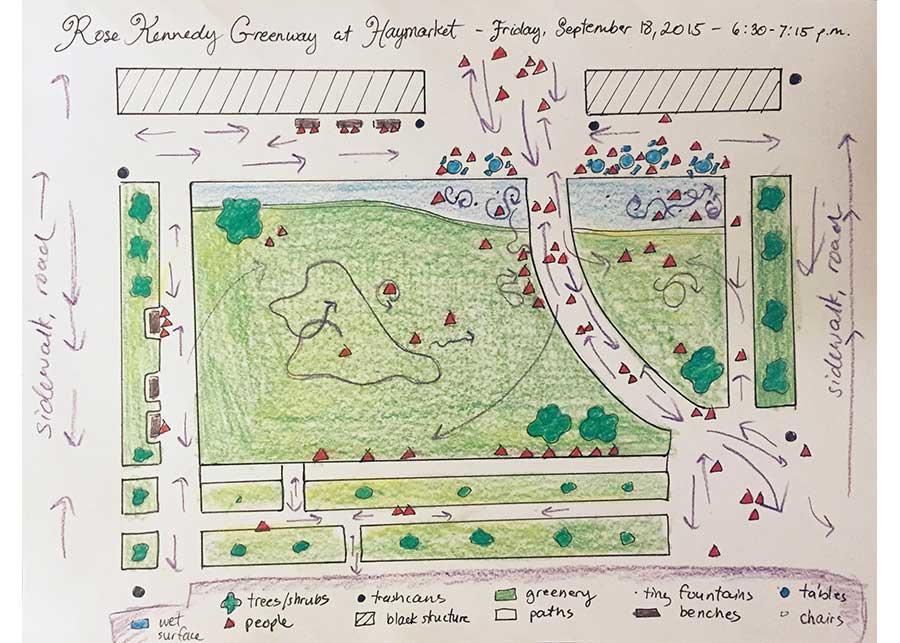
Instructor: David Luberoff (Sociology; Radcliffe Institute), Christopher Winship (Sociology), and Matthew E. Kaliner (Sociology)
Fall & Spring 2015
American cities have changed in extraordinary ways. In the last half of the 20th century, there was gloom about urban life and many cities were projected to decline and decay. Many did but Boston and other cities blossomed, becoming models of urban renaissance. Using Boston as a case, this course considers issues of economic change, technology, neighbourhood inequality, political governance, elite relations, cultural institutions, crime, race and ethnic relations, immigration, gentrification and suburbanisation.
This multi-disciplinary course uses Boston’s dramatic economic, demographic, and physical transformations over the last several decades to help students better appreciate, understand and participate in contemporary urban life. In particular, it explores four central questions at the heart of any conversation about any city: How do things work? What do they mean? How do things get done, and how should they get done? To answer these questions, the course draws on a wide number of sources and disciplines, as well as presentations by notable local practitioners, student visits to different parts of Boston, and a variety of writing assignments. In all of that work, we take seriously that studying a city, and teaching a Gen Ed course, is an exercise in dissonance, plurality, and negotiation.
Collective Ethnography: Exploring Dorchester and Roxbury through neighborhood institutions:
For their third assignment, students in US24 visited a variety of ‘third spaces’ in Dorchester and Roxbury, such as libraries, coffee shops, bars, restaurants, community and religious centers, and other businesses. As part of their assignment, students submitted a brief (2-3 paragraph) description of the place they visited and what they observed there, a photograph of that place, and, in some cases, audio from their visit as well. We used these submissions to build this collective online ethnographic map, which also served as the basis of section discussion about the neighborhoods and the sites where community comes together.
CLICK HERE TO SEE THE ETHNOGRAPHIC MAP AND READ STUDENTS’ OBSERVATIONS ABOUT THE GATHERING PLACES
Observation of Public Life:
What can we learn about Boston from public spaces? Are destinations such as City Hall Plaza and the Rose Kennedy Greenway uniquely Boston? Do these spaces reinforce (or contradict) particular images of Boston? Do the city’s public spaces work well and, if so, who do they work for? Who don’t they work for?
For the first project of the semester, students in USW24 carefully observed public life at Faneuil Hall and one of the following iconic public spaces in Downtown Boston of their choosing: City Hall Plaza, The Rose Kennedy Greenway, Haymarket Square, Christopher Columbus Park, Long Wharf/ New England Aquarium Plaza, Paul Revere Mall and Post Office Square. During their visit, they were asked use sketches and photographs to record patterns they observed.
City Hall Plaza: click here for all projects
Rose Kennedy Greenway: click here for all projects
Haymarket: click here for all projects
Christopher Columbus Park: click here for all projects
Long Wharf/Aquarium Plaza: click here for all projects
Paul Revere Mall: click here for all projects
Post Office Square: click here for all projects
Neighborhood Indicators:
As part of the course Reinventing (and Reimagining) Boston: The Changing American City, students visited and explored one of four neighborhoods in Boston: Charlestown, South Boston, the South End, and East Boston. During their visit — and in conjunction with readings on such subjects as “Broken Windows” and other signs of neighborhood conditions — each student chose an “indicator” that they thought would help them better understand the neighborhood. Each student was required to submit one photograph illustrating some notable aspect of the neighborhood, a map showing demographic or socio-economic information, and an essay that answered the following questions:
What did you expect to see?
What do you actually see?
What are those things symptoms of?
What might they tell you about the neighborhood?
Charlestown: click here for all projects
East Boston: click here for all projects
South Boston: click here for all projects
South End: click here for all projects









